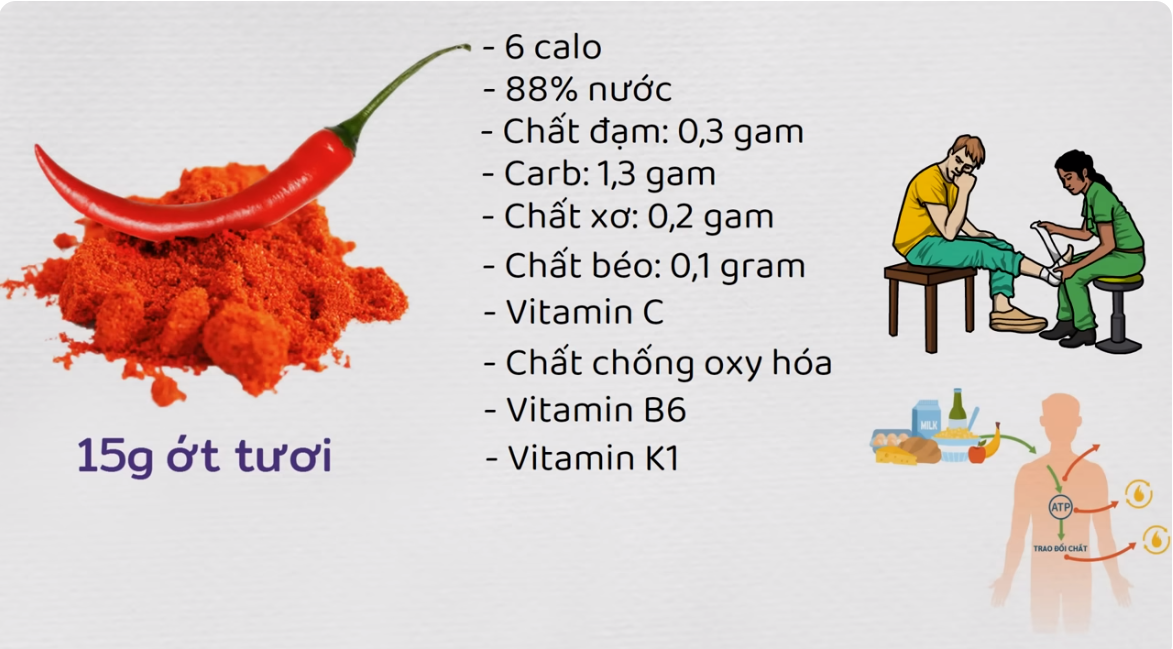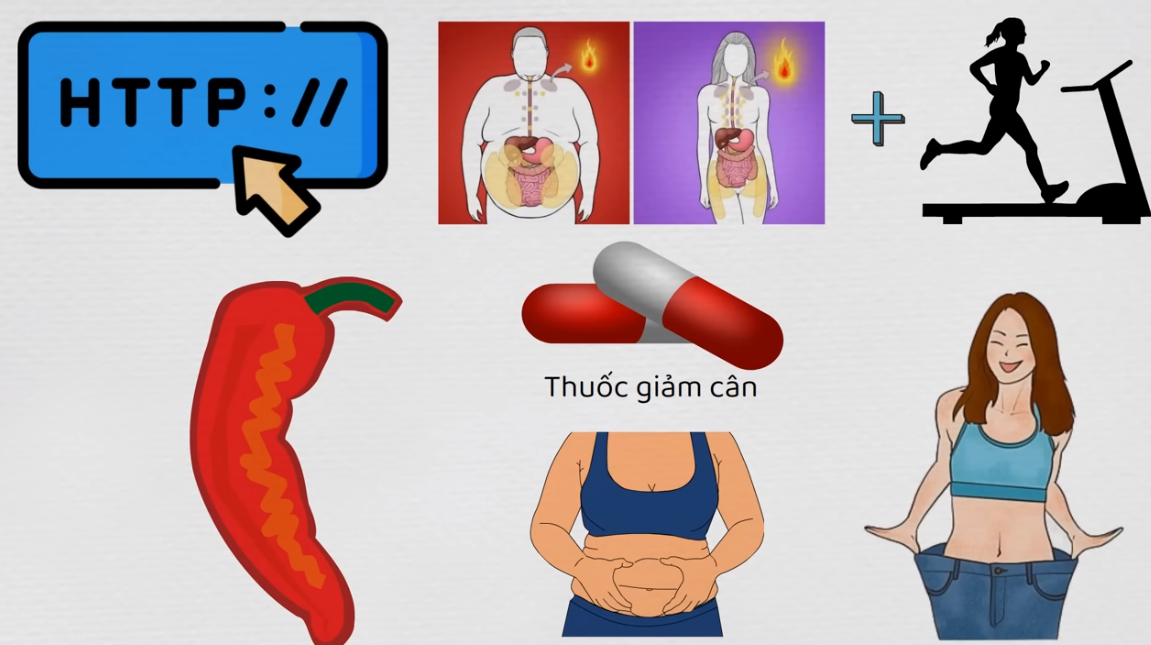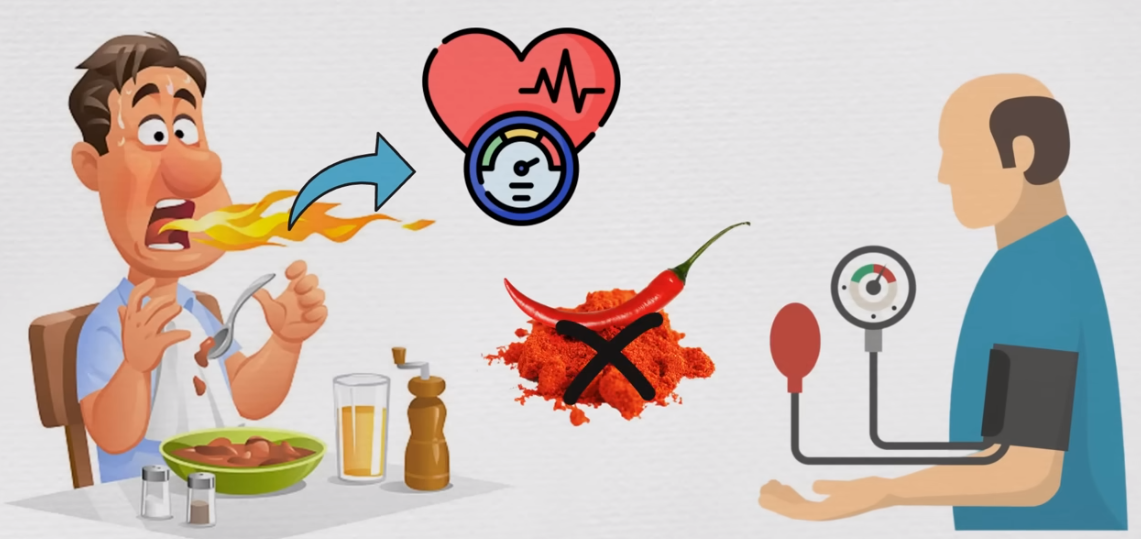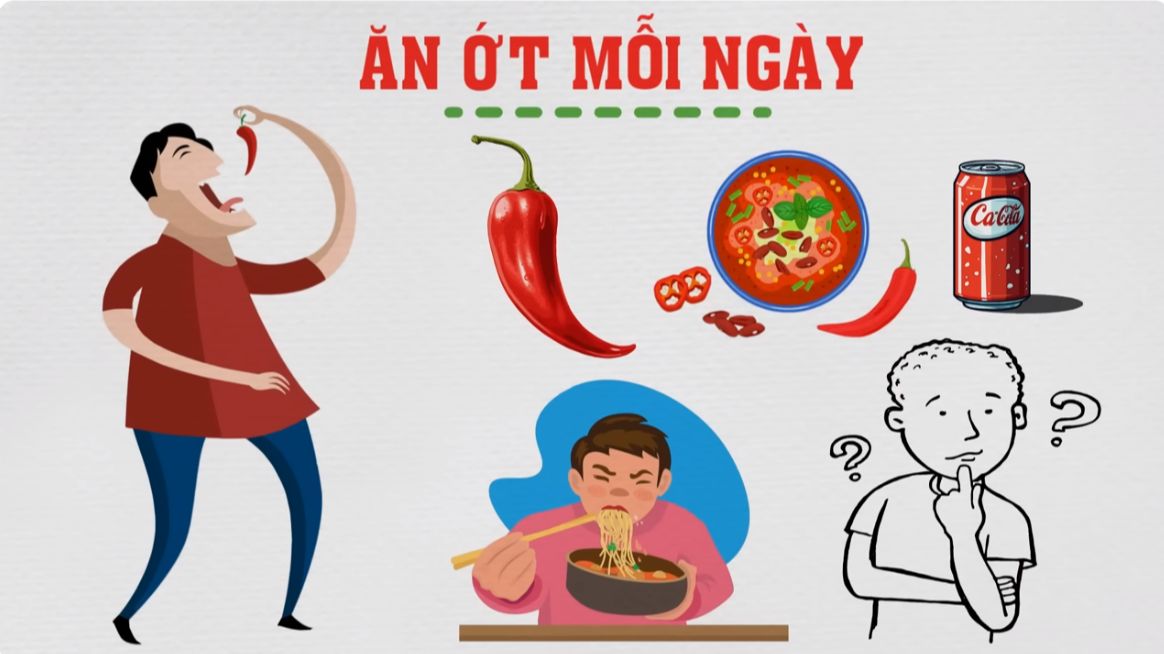Hello everyone, chili is one of the most popular spices in Vietnam, and it is not just a spice; in the central provinces, people even eat chili as food, taking a bite of rice and then a bite of chili. But the issue is not just about spiciness; is eating chili harmful or beneficial? Let's find out right now, shall we?
Chili is a globally popular spice, so it is not difficult to find the nutritional components in chili peppers. Chili is not only used for cooking but also applied in medicine, and it has been studied very thoroughly.
What are the components of chili?

In fact, every fruit has countless components, but people only care about the abundant and predominant ones or something characteristic.
For example, in chili peppers, water is the main component of fresh chili, while its characteristic is the compounds that create the spicy taste called Capsaicin.
This is the composition of 15g of fresh chili or one teaspoon, which contains 6g of calories, 88% water, 0.3g of protein, 1.3g of carbohydrates, 0.2g of fiber, and 0.1g of fat.
Furthermore, chili also contains Vitamin C, strong antioxidants that are very important for wound healing and immune function. Vitamin B6 is a member of the B vitamin family.
B6 plays a role in energy metabolism in the body, while Vitamin K1 is essential for the blood clotting process, helping bones and kidneys stay healthy.
Next is potassium, an essential nutrient in the diet serving many functions. Potassium can reduce the risk of heart disease when consumed in adequate amounts.
Copper is an essential trace element that helps keep bones strong and nerve cells healthy.
Finally, Vitamin A; red chili has a high content of Beta Carotene, which the body converts into Vitamin A after consumption.
Looking at it, you can see that these are all common components that we often hear have a significant impact on the body. However, chili is just a spice, so no one eats several tablespoons of chili, and even if they do, it is not much compared to the components mentioned above, so it does not affect our bodies. The issue with chili lies in a very special compound, which is Capsaicin; when we mention it, we immediately think of the hot spiciness. Spiciness is the characteristic of chili, and it is caused by the Capsaicin compound.
What are the benefits and harms of Capsaicin?
Regarding benefits
The first benefit of chili is that it helps you lose weight. As you know, obesity is a serious health condition that increases the risk of many chronic diseases such as heart disease and diabetes. Some evidence has shown that Capsaicin can promote weight loss by reducing appetite and enhancing fat burning. Speaking of feelings, when you lose your appetite, you will eat less, and to lose weight, consuming less energy is one of the most important goals.

Furthermore, Capsaicin helps the body burn fat more effectively; in fact, 10g of red chili can significantly increase the fat-burning process in both men and women, especially belly fat, which is most eliminated when using Capsaicin. However, if you really want to lose weight, you must combine it with exercise; there is no food that can easily give you a beautiful figure without hard training.
Many people with belly fat lazily buy various dietary supplements online to lose weight but do not exercise, resulting in no fat loss and a reduction in water in the body, making the body sag more. Therefore, there is no easy journey that brings about the desired success.
Next is the anti-inflammatory benefit and reduced risk of cancer. In fact, from my experience studying food, I see that almost all vegetables and fruits contain many antioxidants, and as you all know, antioxidants help eliminate free radicals.

What are free radicals? They are the ones wandering in the body, causing trouble by fighting stable molecules in cells. When injuries occur, cells become faulty, leading to the formation of very dangerous diseases like cancer. Therefore, eliminating all free radicals is extremely important and effective in preventing cancer, helping you live longer.
Chili is no exception; it contains many antioxidants, which help limit cancer. Recently, British scientists discovered that Capsaicin can indirectly kill some types of cancer cells by attacking their energy centers. Because of these benefits, today, people even extract the Capsaicin component from chili to put into various pills. Taking this supplement means you won't have to scream because of the spiciness of chili; you don't need to eat chili anymore; you can still supplement Capsaicin into your body by taking pills. However, I find that supplementing naturally by eating chili is still the safest and most reassuring.
Next, eating chili also helps you relieve pain: If we let Capsaicin come into contact with nerve receptors, it will bind to these receptors, causing a burning sensation. So, for those who are not used to eating chili, if they chew a piece, they will just scream. I am not sure how many methods there are to produce pepper spray, but one method is to extract the Capsaicin from chili and put it into a spray can. However, with long-term exposure, Capsaicin will gradually cause nerve cells to lose their sensitivity, so if you keep eating chili continuously, one day you will no longer feel the spiciness.
In addition, Capsaicin also has pain-relieving effects: Because under its influence, pain receptors will lose their function, so instead of feeling pain, you will feel a burning sensation. But still, sometimes the burning sensation is much more pleasant than pain, which is why many types of medications, especially topical pain relief creams, are created from chili.
Regarding harms
First, for those with acid reflux, eating chili can be both beneficial and harmful.
The benefit is that when eating chili, it reduces the perception of pain receptors, so you will not feel pain, especially when burping; you will no longer feel the burning sensation of stomach acid. But conversely, this is also a harm because when you cannot perceive it, you do not know how dangerous your condition is. It's like when you go to the hospital; even if you have a stomach ache, in many cases, doctors do not prescribe pain relief for you because they want to see how you perceive the pain, where it hurts, and how it develops. If you feel pain but do not know where it is, it will be extremely dangerous because doctors cannot diagnose what disease you have.

Second, chili can increase the risk of high blood pressure: Many people who are not used to eating chili may experience a rapid heartbeat, sweating, and increased blood pressure. Therefore, anyone who already has high blood pressure should not eat chili, as it can be more dangerous, and excessively high blood pressure can easily lead to a stroke.
Third, eating chili can be addictive: Eating chili is like smoking or drinking alcohol; the body releases the happiness hormone Endorphin. When it is released, the body feels very comfortable, but conversely, when it is lacking, the body feels restless and deprived of something, so the person continues to eat chili to release more Endorphin, ultimately eating more and more.
So how much chili is enough?
In fact, scientists have not yet determined how much chili is enough because there are spicy and non-spicy types; some people find one chili uncomfortable, while others can eat ten and still be okay. So just eat in a way that feels good and does not cause any illness because, after all, chili brings quite a few benefits.
